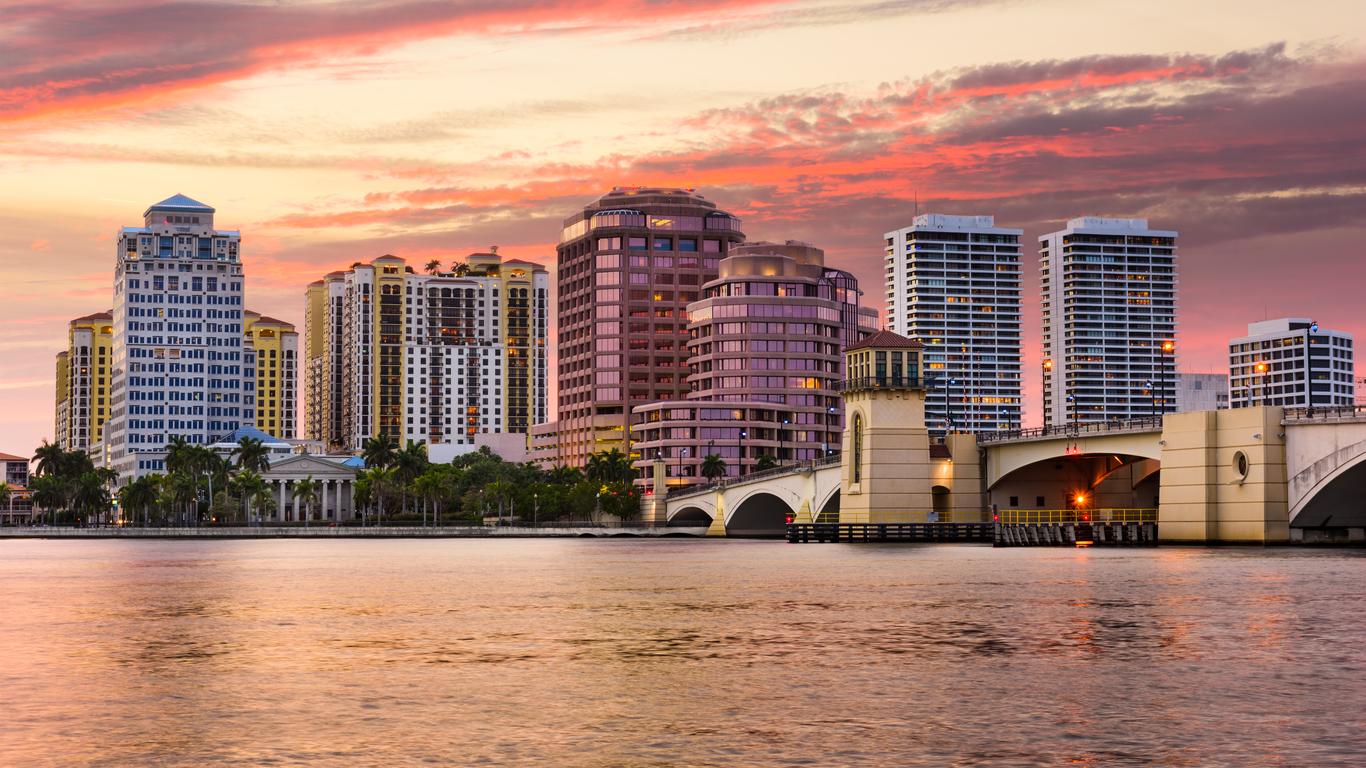Serving the Greater Miami area, the Palm Beach International Airport is situated just a few kilometres west of Palm Beach, Florida. While it was established as a commercial airport, it operated as an Air Force military base for many of its early years before officially becoming the Palm Beach International Airport in 1962.
The Palm Beach International Airport operates across three runways and a single terminal building which is divided into three different concourses. Concourse A is used by BahamasAir and Silver Airways with flights to Marsh Harbour, Nassau and Tampa, while Concourse B is used by Allegiant Air, American Airlines, Southwest Airlines/AirTran and United Airlines for predominantly domestic destinations. Air Canada, Delta Airlines, Frontier Airlines, JetBlue Airways, Spirit Airlines and WestJet operate from Concourse C with flights across North America. The check-in area is situated on level three of the terminal building before guests descend to the gates on level two. It’s here that most of the restaurants and shops are clustered, together with a Delta Club Room, KidsZoo, Comfort Zone Spa and a putting green. Arriving passengers exit on the ground level where the baggage claim area is found, together with rental car services and ground transportation. Trauma Hawk also operates from the airport, with two Sikorsky S-76C helicopters equipped for emergency medical evacuations to local area hospitals.
The Palm Beach International Airport is connected to the West Palm Beach Tri-Rail/Amtrak and Greyhound stations by public bus services. Alternatively, there are metered taxis outside the terminal building that whisk passengers directly to their hotel door.
The Palm Beach International Airport first opened as the Morrison Field in 1936, named for Miss Grace K Morrison who played an influential role in its construction. During World War II, it was used as a major training base for the US Army Air Forces, and many aircraft departed from here to the United Kingdom to participate in the D-Day Normandy invasion.





